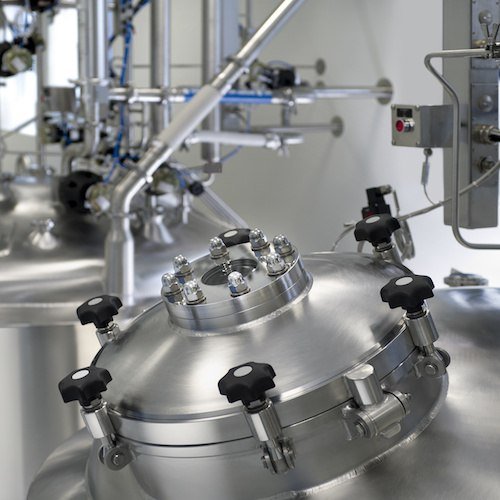CQV (Commissioning, Qualification, and Validation) is a very detail-oriented process that requires the right mix of knowledge, experience, and diligence to correctly place equipment/systems into use.
Additionally, with FDA regulations and requirements continually changing, it is crucial to understand the CQV process to remain compliant. Before starting a CQV project on any facility, utility or process system, consider the initial steps required.
The Foundation for Successful CQV Is Laid During Design
The first steps of the Equipment Lifecycle ensures that you specify/design the correct equipment/system before any work begins. Design/Specification of any system demands input of product and process knowledge in addition to adherence to applicable standards and guidance documents. Design documents provide the as specified inputs for the CQV process.
What is required at the start of the Equipment Lifecycle to ensure that you specify the system correctly?
- Engineering Specifications
- Process/Operational Control Strategy
- User and Functional Requirement Specifications (URS/FRS)
- Design Specifications for each piece of equipment
- Process and Instrumentation Diagrams (P&IDs)
The CQV Process Begins with the Validation Lifecycle Approach
The Validation Lifecycle approach ensures that you get the project right before any work begins. This approach helps you avoid headaches at the end of a CQV project, such as incurring significant costs scrambling to complete a project on time, by ensuring a consistent strategy for CQV of any piece of equipment. There is no room for shortcuts. Without a framework for the project, you cannot successfully commission, qualify, and validate the system.
What is included at the start of the Validation Lifecycle Approach to ensure that you define the project correctly?
- CQV Master Plans
- Test Protocols for utilizing the equipment
Commissioning: Build the Foundation First
The first step of the CQV process ensures appropriate install, operation and safe function of the system. Commissioning ensures all user requirements are met prior to moving to qualification. Operational testing occurs with the use of draft Standard Operating Procedures, which define how to properly use the system in a safe and repeatable manner.
At the Commissioning stage, you must achieve these goals:
- Protect the equipment before placing into service
- Ensure seamless execution of qualification protocols
- Properly document any issues encountered during testing, determine the most effective and compliant path forward for issue resolution
Qualification: Three Important Steps to Utilize the Equipment
After commissioning the equipment, you must follow three crucial steps to qualify the equipment for use. A successful CQV project includes these qualification steps:
- Installation Qualification (IQ): Verify that equipment is installed per approved specifications.
- Operational Qualification (OQ): Verify that equipment can function from 0-100 percent without damaging itself or nearby components.
- Performance Qualification (PQ): Verify that equipment will perform efficiently and consistently in actual operating conditions.
Validate: Stay Focused on the Process
Validating the equipment is not a one-time step. This step requires revalidations and periodic reviews to ensure that system remains compliant throughout its service. These efforts may include review of routine monitoring data or sampling to ensure the system is not trending out of specification.
You will also need to follow Process Validation (PV) protocols. One specific protocol is continued process verification to ensure that each product that is produced by the equipment consistently meets specifications.
Why is this essential? The FDA requires process validation or documentation that a specific process will consistently produce a product that meets specifications and quality characteristics. Without this documentation, you risk compliance issues.
Work with AMLS to Complete Your CQV Project
The CQV process requires the right know-how and attention to detail to comply with the industry guidelines.
Consider working with AM Life Sciences (AMLS) to implement a custom CQV process and Process Validation program that meet the specific needs of your project.
The AMLS team has the experience and knowledge to fully integrate with your project. We will also ensure completion that meets your budget, timeline, and specifications.
To further discuss why you should trust AMLS for your CQV project, contact our team today to discuss our services and quality assurance.

